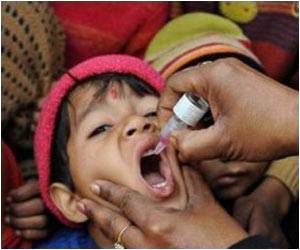Foot and mouth, which was confirmed on a British farm Friday, is a highly contagious viral disease that affects all cloven-footed animals.
Cattle, sheep, pigs, goats and deer are among the animals which can contract foot and mouth, hence the emergency response to the outbreak on a cattle farm south-west of London.The disease "is probably more infectious than any other disease affecting man or animals and spreads rapidly if uncontrolled," warns Britain's Department for Environment, Food and Rural Affairs (Defra).
Foot-and-mouth disease owes its name to the fact that the lesions it causes are found on the inside of the mouth and on the hooves of animals.
It is often spread on clothing, particularly shoes, but also by vehicles and agricultural tools, and there are rare examples of it having been wind-borne.
The disease is endemic in parts of Asia, Africa, the Middle East and South America, with sporadic outbreaks in disease-free areas.
The disease is debilitating but not normally fatal in adult animals, although it can kill younger livestock.
Advertisement
The disease can cause a drastic loss in milk productivity.
Advertisement
The interval between exposure to infection and the appearance of symptoms normally varies between 24 hours and 10 days. The average time, under natural conditions, is three to six days, says Defra.
The virus is heavily present in fluid from the blisters and can also occur in saliva, milk and dung.
Heat, sunlight and disinfectants will destroy the virus, whereas cold and darkness tend to keep it alive. Under favourable conditions it can survive for long periods.
Animals can also contract the virus either by direct contact with an infected animal, or by contact with foodstuffs or other things which have been contaminated.
Vehicles which have transported infected animals or have driven over infected ground can spread the disease. The virus can also be carried several kilometres in the air.
It is rarely passed to humans. The last reported human case of foot and mouth disease in Britain was in 1966.
Source-AFP
LIN/J







